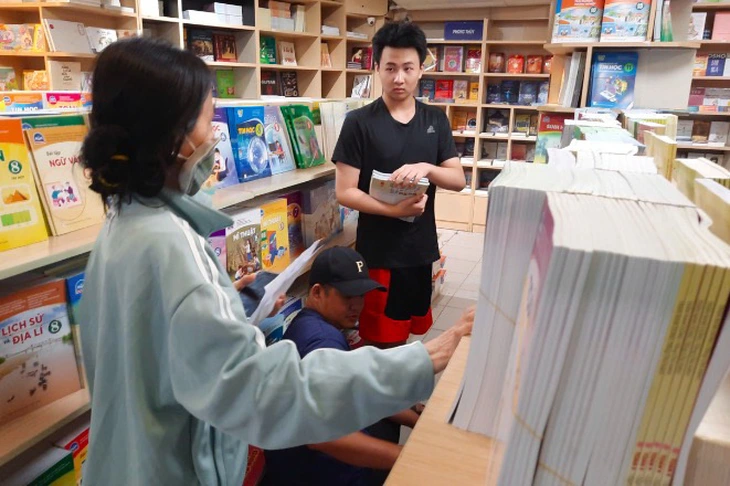
Parents and students buy textbooks at a store in Ho Chi Minh City - Photo: NHU HUNG
Ensuring strict time requirements; exploiting the "essence" of textbooks that have been carefully evaluated and meet requirements; not causing disruption; creating fairness, protecting rights and reducing "damage" for textbook publishers...
These are the outstanding advantages of the plan to select a unified set of textbooks for each grade level based on three current sets of textbooks - that is, each grade level uses a set of textbooks that have been evaluated and implemented in practice - to form a unified set of textbooks for the whole country.
According to experts, this plan clearly demonstrates suitability and compromise, in the context that in less than a year the education sector must complete the organization of a unified set of textbooks from grades 1 to 12 from the 2026-2027 school year, in accordance with the spirit of Resolution 71 of the Politburo and the direction of General Secretary To Lam.
Reduce waste, increase efficiency
The option of choosing a unified set of textbooks by grade level based on the three current sets of textbooks is receiving high consensus, not only because of its reasonableness, but also because this is the only option that can be implemented promptly, ensuring stability and not causing major disruptions in the entire education system.
In the parliament or in the corridor of the Dien Hong meeting room, some National Assembly delegates emphasized that this plan "ensures continuity, efficiency, savings and prevents waste". These opinions reflect the reality that schools have had to face for many years: each textbook change entails huge costs for training, plan adjustment, equipment purchase and especially the financial burden on parents.
The principal of a primary school in Hanoi said that the constant change of textbooks has created a cycle of overload for teachers: every year they have to get used to new books, new training, and new lessons.
This person emphasized that: "If we start writing a new set of books from scratch, the whole system will have to go through a new training session and it will be extremely expensive."
What worries many people when discussing the "choosing a single set of books" option is the risk of returning to the textbook monopoly mechanism - which existed decades before the implementation of the socialization policy. More seriously, this will go against the spirit of innovation and eliminate the creative motivation of other groups of authors.
The diversity in educational philosophy and lesson organization of the three sets of books is a valuable asset that should not be eliminated just for the sake of unification. Therefore, organizing a unified set of textbooks by grade level becomes the optimal compromise because each grade level still has a single set of books, ensuring the necessary unity.
All three publishers have the opportunity to contribute, avoiding monopoly or "losing" investment capital. Schools and teachers at each level only have to familiarize themselves with one complete set of textbooks, without any confusion.
This is the key point that helps this solution achieve stability and maintain healthy competition - which is what an open, modern education system must aim for. Moreover, this solution also ensures feasibility in terms of both quality and time.
Social justice and stability
The option of selecting books by grade level creates a fair space - something that the whole society is concerned about. A National Assembly delegate said that this is the only way to ensure that "no subject is considered major or minor, and no publisher is left out".
Furthermore, the education sector has spent a decade trying to eliminate textbook monopoly. Therefore, choosing by grade level is the most reasonable way to maintain competition but avoid extremes.
From a management perspective, this solution also helps the Ministry of Education and Training significantly simplify the process of assessment, training, and professional guidance. In addition, when the entire school level uses one set of textbooks, the Departments of Education and Training can also develop more effective educational plans, avoiding patchwork. Stability in educational administration is the foundation for sustainable teaching and learning quality.
Most importantly, as many teachers insist, all changes must be for the benefit of the students. Every time a book is changed, children must adapt again, even "relearn how to learn". Especially in primary school, this disruption can create unnecessary pressure.
The level-based plan not only saves money for parents but also provides academic stability for students, helping them access knowledge in a seamless, uninterrupted, and non-disruptive manner between classes.
In the context of many challenges in the education sector, choosing a reasonable, balanced and humane policy is a measure of state governance capacity. This option meets three requirements at the same time: legality, practice and social expectations.
Many are
There is less than a year left until the 2026-2027 school year - too short a time to compile a completely new set of textbooks but just enough time to complete the plan to choose textbooks by grade level.
This is not only a technical solution, but also a strategic policy choice, ensuring the successful implementation of Resolution 71, avoiding monopoly risks, protecting social resources and aiming at the highest interests of learners.
This plan also shows flexible educational management thinking, knowing how to inherit, knowing how to analyze right and wrong from practice and knowing how to put the stability of the system first.
Ensuring consistent pedagogical approach
Choosing a unified set of textbooks by grade level also brings a great advantage: ensuring a consistent pedagogical method. In a complete set of books, from the lesson structure, the system of illustrations, the logic of implementation to the assessment method are all designed synchronously. This helps students not to be "distracted", teachers do not have to constantly adjust teaching methods when changing classes, and schools can easily organize in-depth professional activities.
The country currently has three sets of textbooks that have been appraised and are being used, including the "Canh Dieu" set (of the University of Education Publishing House, Ho Chi Minh City University of Education Publishing House and Vietnam Education Equipment and Publishing Investment Joint Stock Company); the "Knowledge Connection" set and the "Creative Horizon" set of the Vietnam Education Publishing House.
Source: https://tuoitre.vn/chon-bo-sach-giao-khoa-theo-cap-hoc-giai-phap-dung-hoa-tranh-doc-quyen-20251124082521689.htm










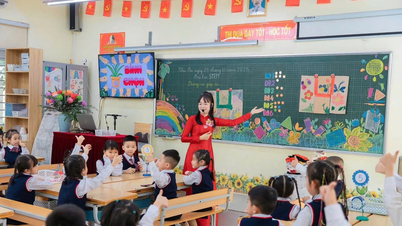



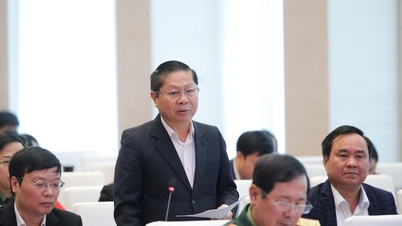




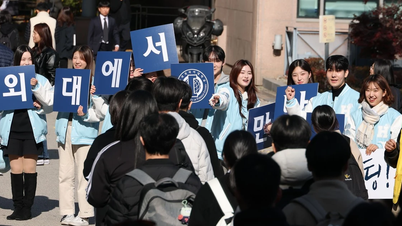


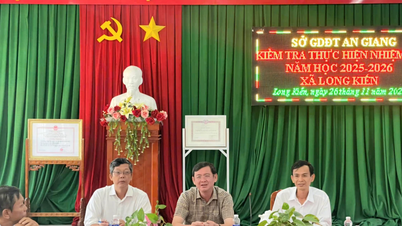
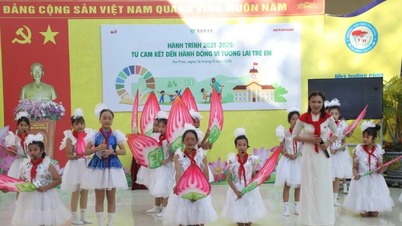









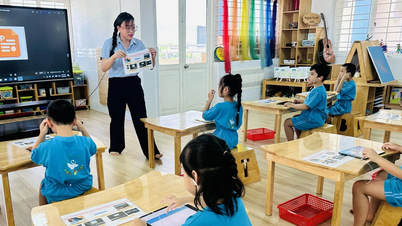







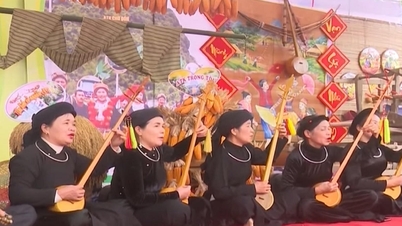










































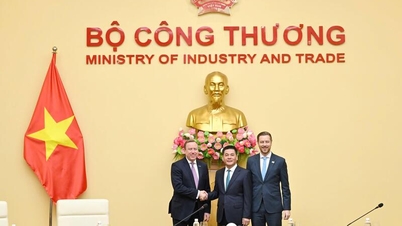



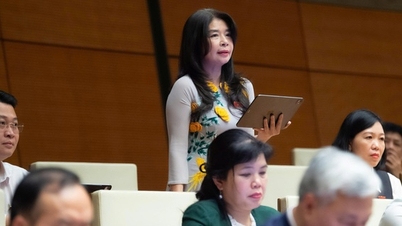





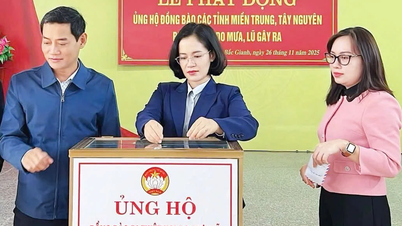

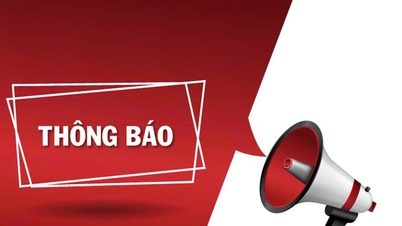
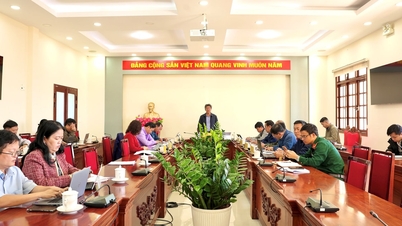














Comment (0)